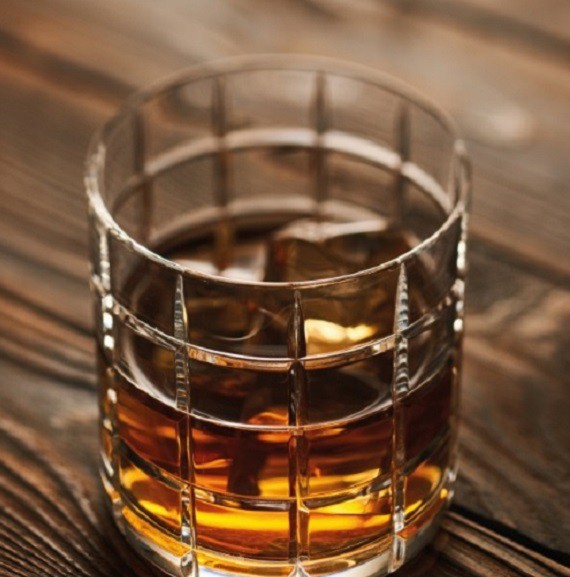Among those to look out for are Leopold Bros in Colorado, Few in Evanston, Illinois, Catoctin Creek in Virginia, and Hudson whiskey in New York state making good young ryes and bourbon from scratch.
More recently, my eye has been drawn to Nevada 150 bourbon (celebrating the sesquicentennial anniversary of the state) from the Las Vegas Distillery, a traditional ‘grain to bottle’ operation with local farm partners growing locally for it.
BEAT THEM OR BUY THEM
But if you can’t join them, buy them. As well as Constellation’s purchase of High West and a minority stake in Catoctin Creek, we’ve seen Rémy Cointreau acquire Westland Distillery in Seattle, Pernod Ricard buy West Virginia’s Smooth Ambler and Sazerac snap up the Popcorn Sutton Distillery in Tennessee. Few is now part of the little-known Samson & Surrey stable.
That merger activity has even more recently been followed by William Grant & Sons’ acquisition of the Tuthilltown distillery and brands, adding to the Hudson whiskey label which Grants bought seven years ago.
The Hudson Baby Bourbon has evidently succeeded under the Grants umbrella. According to CEO Simon Hunt: “In 2010, William Grant & Sons bought the Hudson whiskey brand as we were not only attracted to the
possibilities within the American whiskey category but, in particular, the authenticity of the Hudson brand and the excellence of the whiskey – the same is true of the distillery.”
How far the notoriously picky millennial consumer will accept brands masquerading as craft but, in reality, emanating from significantly larger owners remains to be seen. For the meantime, though, the bourbon category is enormously vibrant.
Innovation and experimentation is nowhere better expressed than at Buffalo Trace. “Our motto is ‘honour tradition – embrace change,’ says Harlen Wheatley, Buffalo Trace’s
current master distiller. “Embracing change means not resting on our laurels.”
The Buffalo Trace Experimental Programme began in 2006. Today, as Wheatley explains, there are “more than 14,000 barrels in the inventory of experiments. Different types of experiments, such as wood, grain, distillation, environment…”
EXPERIMENTAL BOURBONS
Selected results, including Chardonnay and Zinfandel-finished bourbons (2007), rice and oat recipe bourbons (2011) and Old Fashioned Sour Mash bourbon (2015) have been released to consumers under the Buffalo Trace Experimental Collection label, while some sub-projects are large enough to stand on their own.
The distillery’s Warehouse X contains separate areas looking at UV, temperature, humidity and airflow. “Single Oak is focused on the trees,” says Wheatley, “[and] how they are turned into wood, which in turn is turned into the barrel. The estate is focused on the grain – a little bit on the soil, but mainly on the grain.”
In its latest work, Buffalo Trace will experiment with barrels made from rare 300-year-old oak, at least a century older than the most venerable wood.
That means finding trees planted around the birth of the 18th century, considerably older than the United States of America as an independent nation, and around 100 years prior to that uprising by those rebellious pioneer distillers unhappy at paying tax on their whiskey.
So, while tax has never gone away, the older the better it seems, as this ancient spirit renews itself for a new generation.




